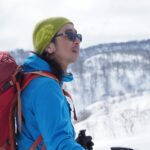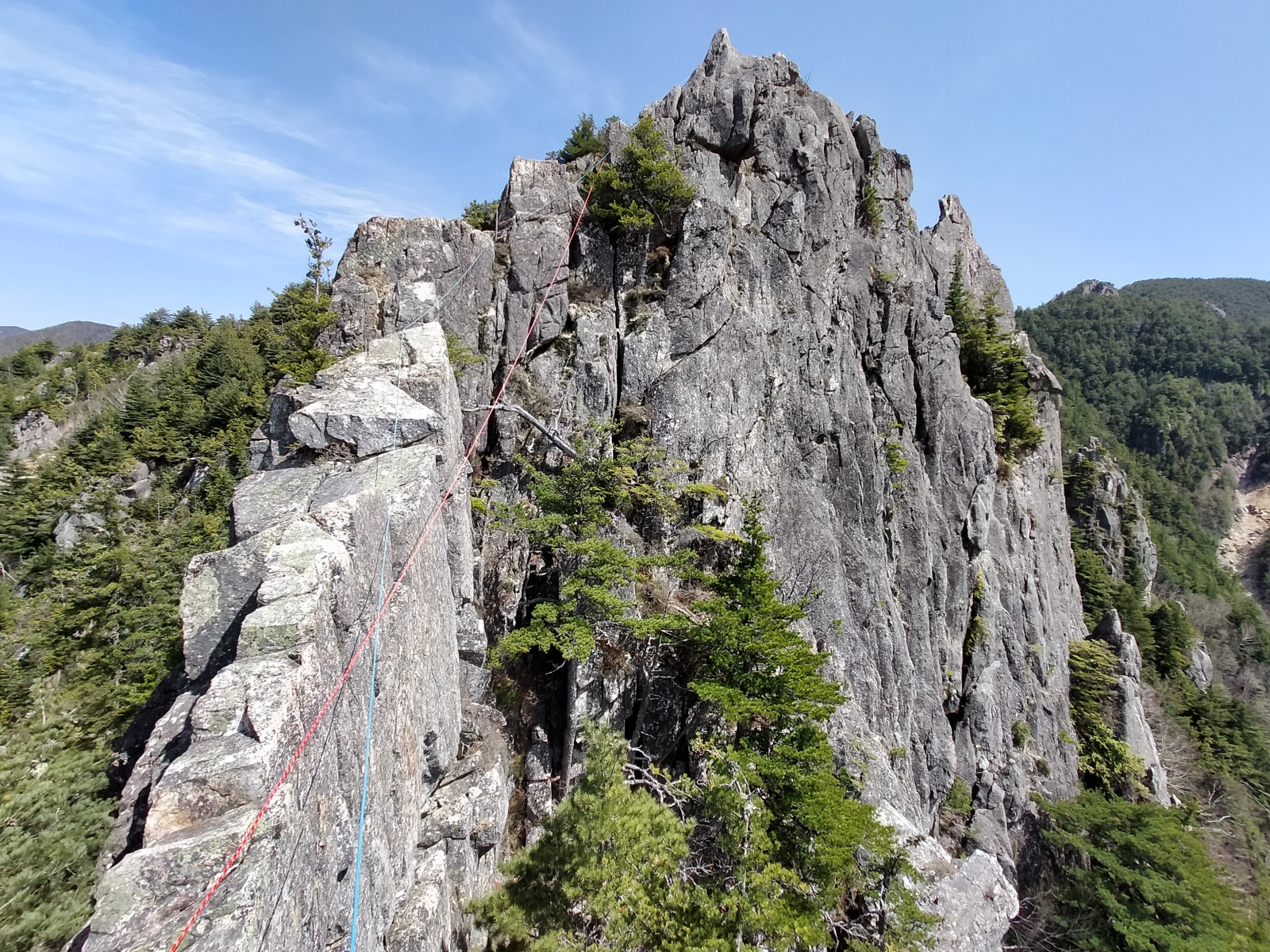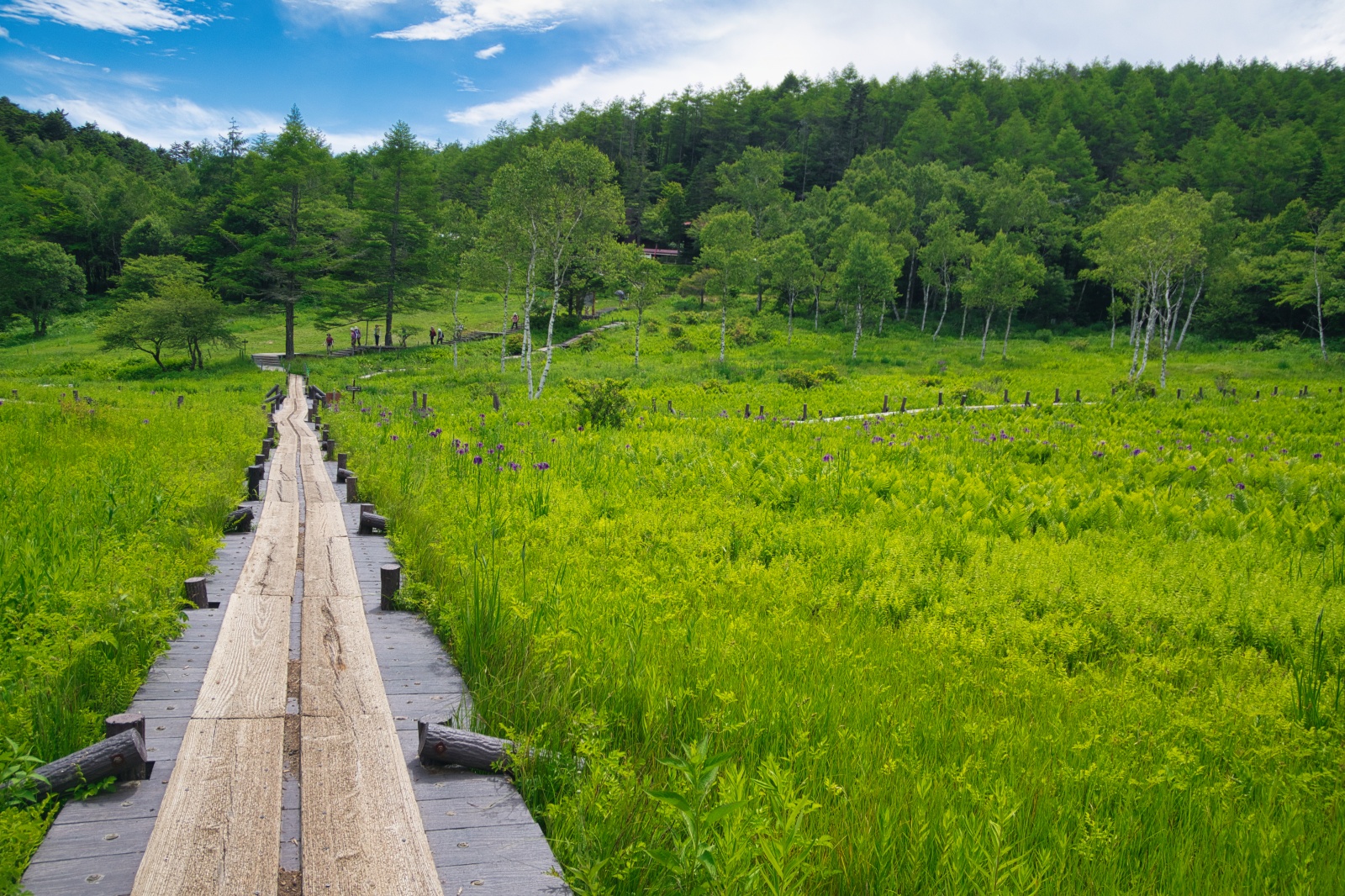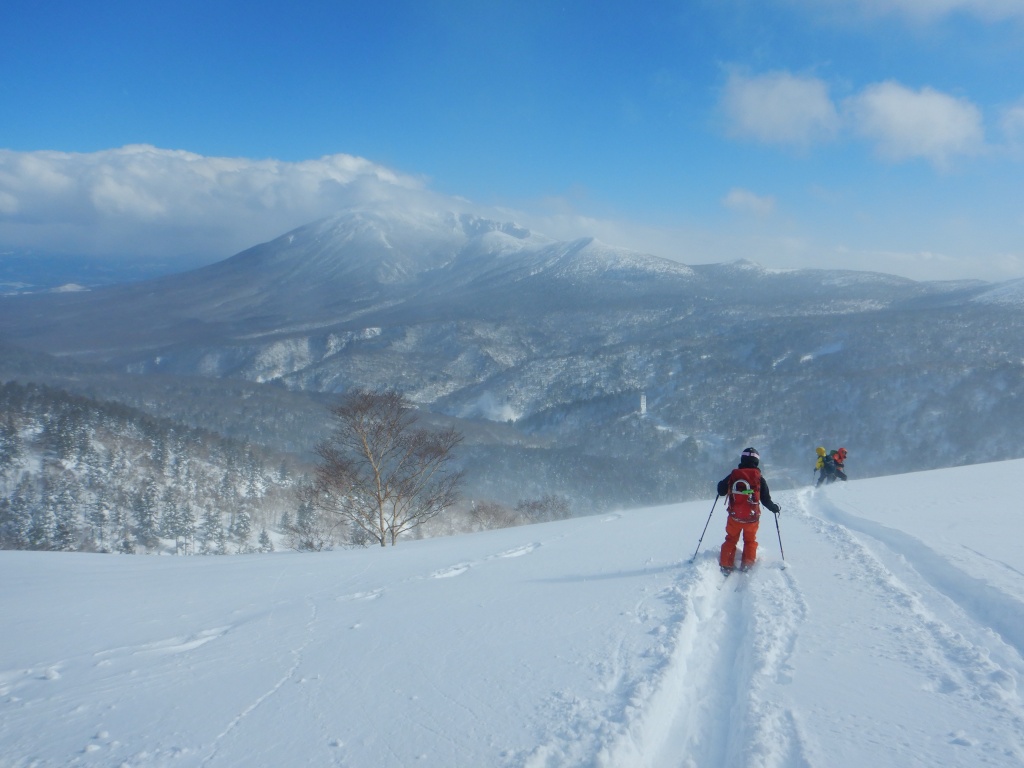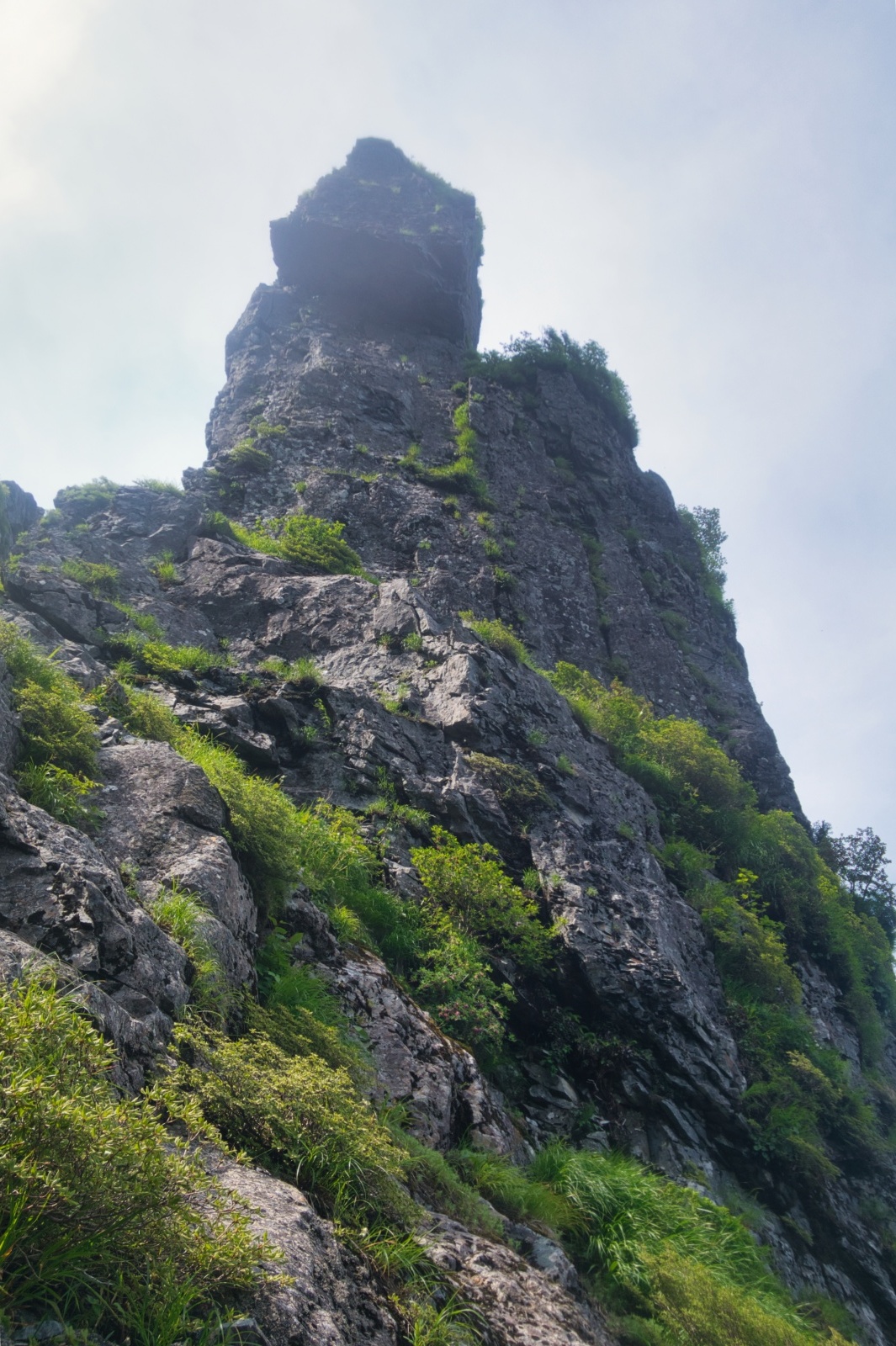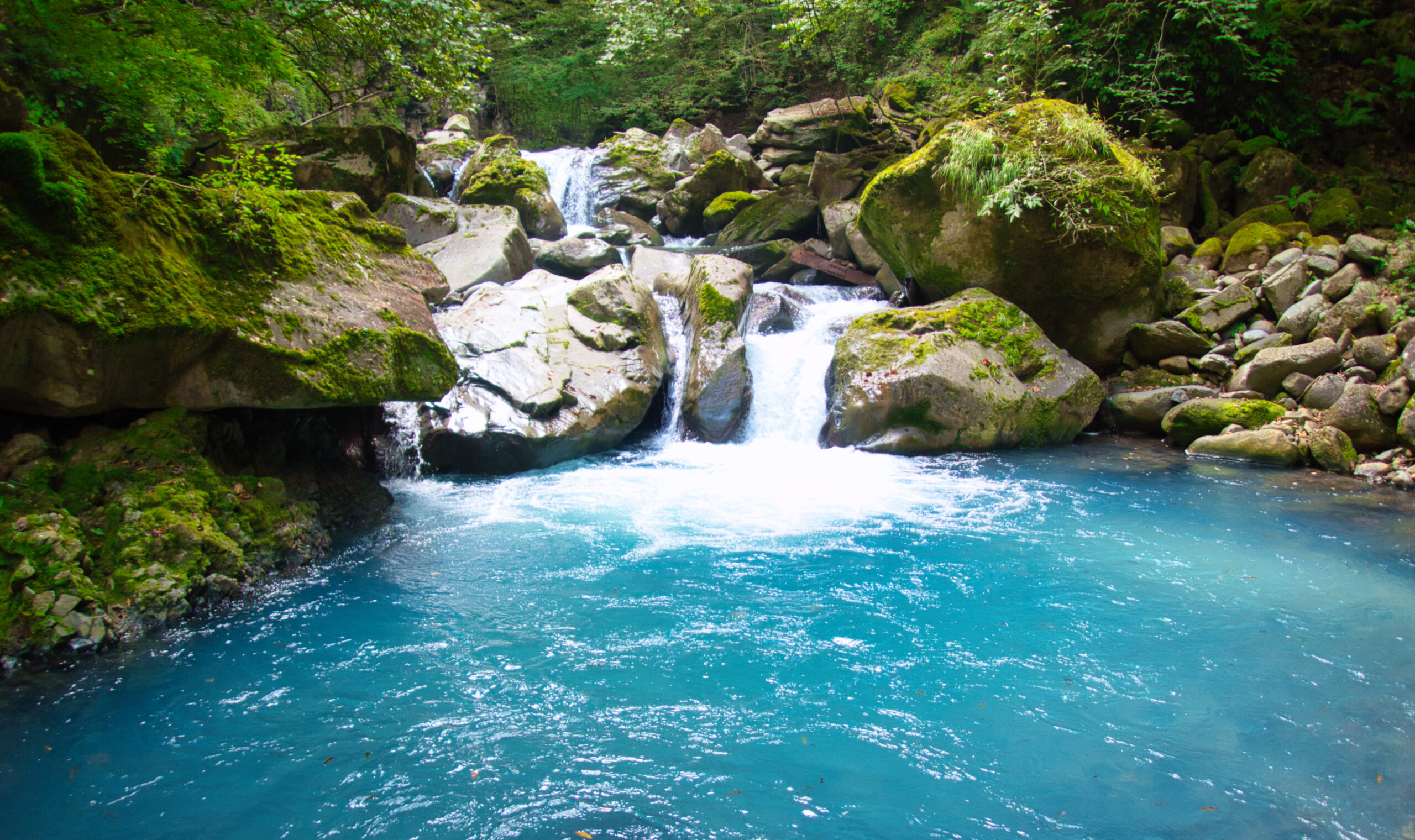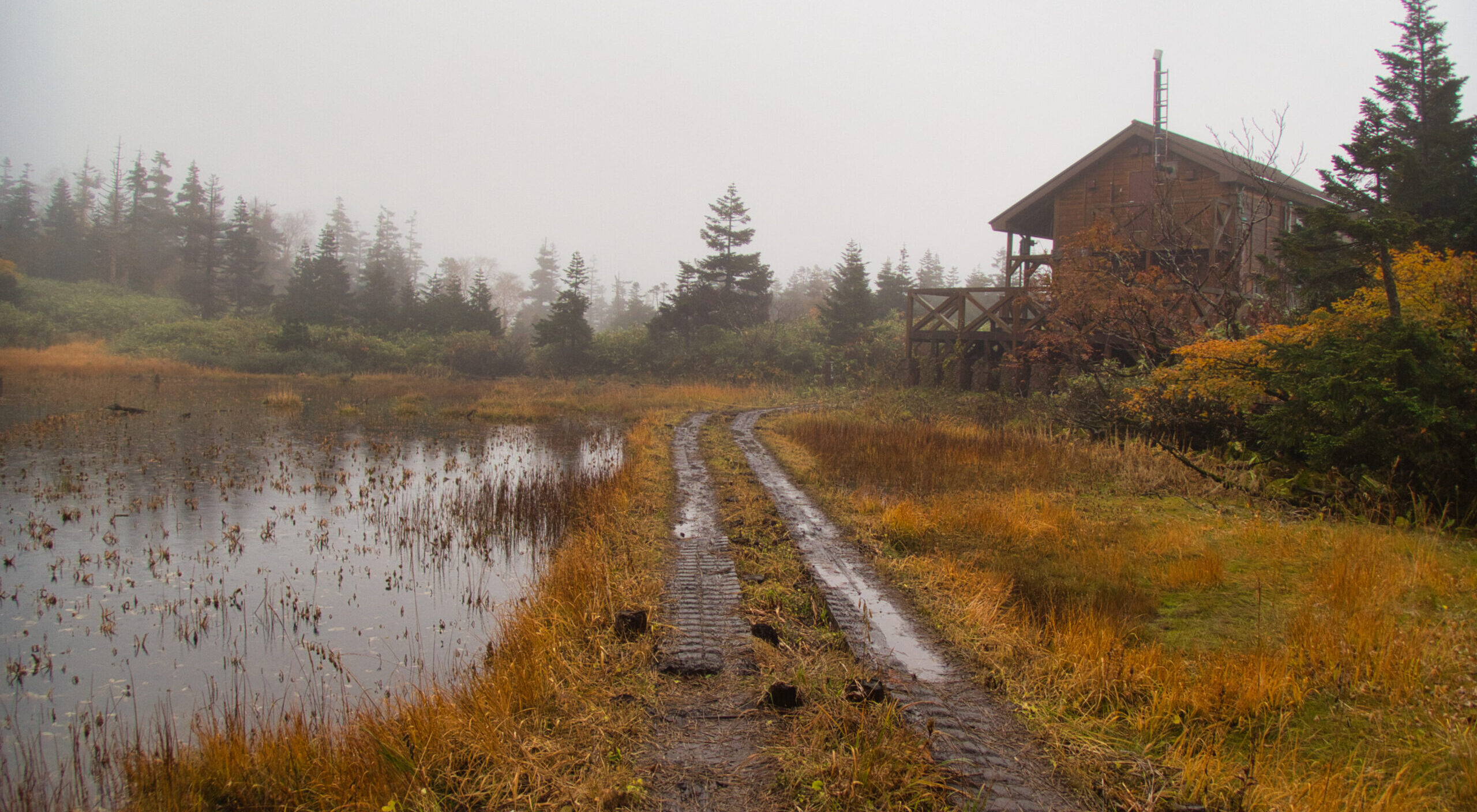【Deep Dive Chronicle】Hirogawara-sawa Right Fork: Ice Climbing in South Yatsugatake
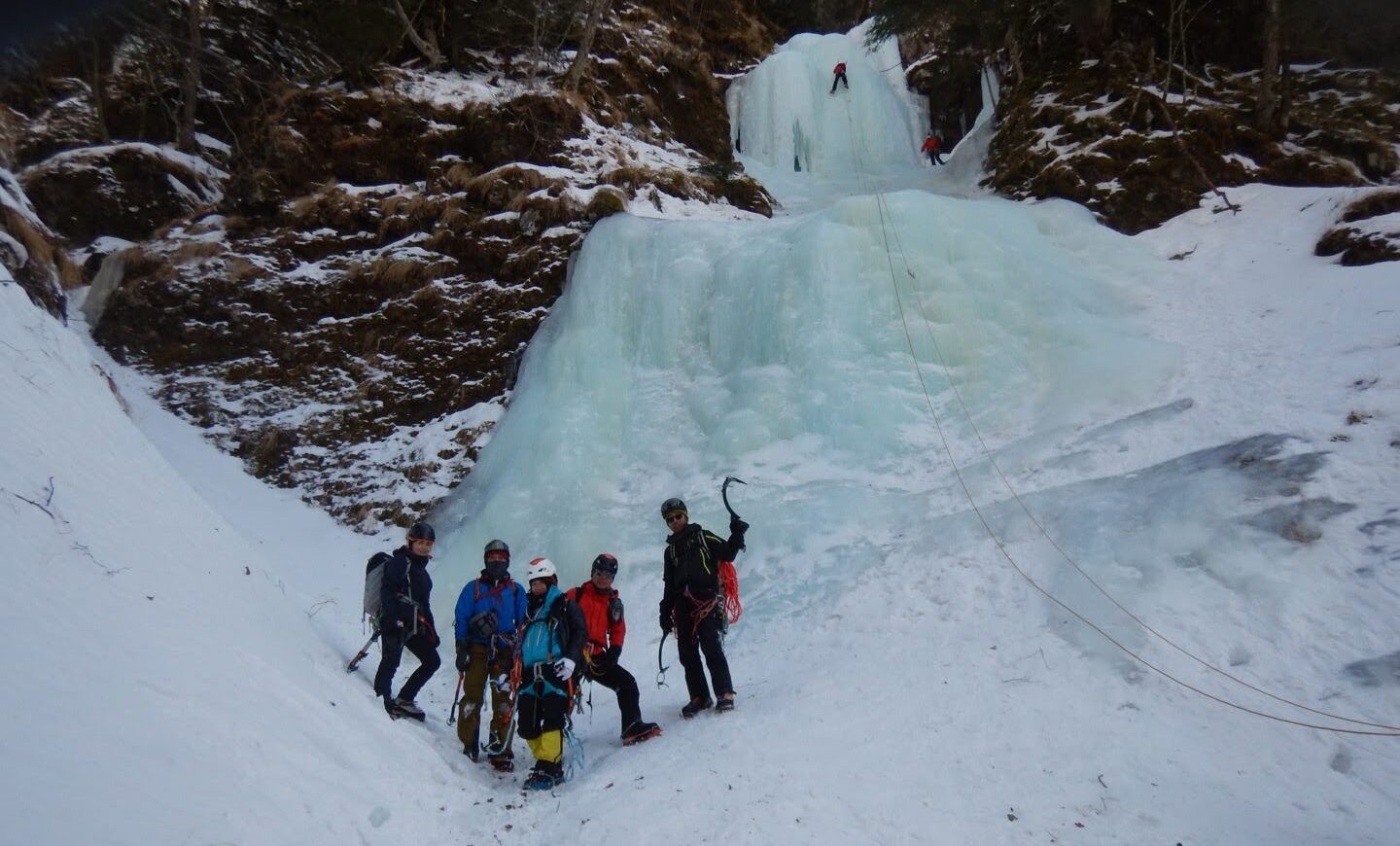
Ice climbers tormented by an unseasonably warm winter made their way to Hirogawara-sawa Right Fork in the South Yatsugatake Mountains. Muto-gaeshi Falls, and then Christmas Runze. Two days in January challenging frozen waterfalls were filled with falls, ice formation, and camaraderie. A mountain chronicle of midwinter ice climbing.
目次
Part One: The Beginning of an Expedition
This winter was warm. For us, possessed by ice walls, it was nothing less than a curse. Even when there was snow, water would not freeze. The ice falls of Tohoku’s mountains had vanished mercilessly, and we ice climbers were forced into a journey south, seeking more reliable frozen conditions. Our journey to Hirogawara-sawa Right Fork was the end of that escape.
At 1:00 AM, the car left Tohoku and raced westward along the Chuo Expressway. Inside, drowsiness mingled with desperate expectations for ice falls not yet seen. I simply stared at the darkness flowing past the window. Whether the ice this January would satisfy our thirst or not—anxiety smoldered in my chest.
At 7:30 AM, the car finally slid into the parking area at Funayama Crossroads. Though the temperature was bitingly low, the sky was deceptively clear. I felt as though the harshness of this mountain region, the grandeur of nature, was testing us. We organized our gear and entered the mountains at 8:00 AM. With K, T, A, and O—five companions I trusted on this path—I solemnly moved forward.
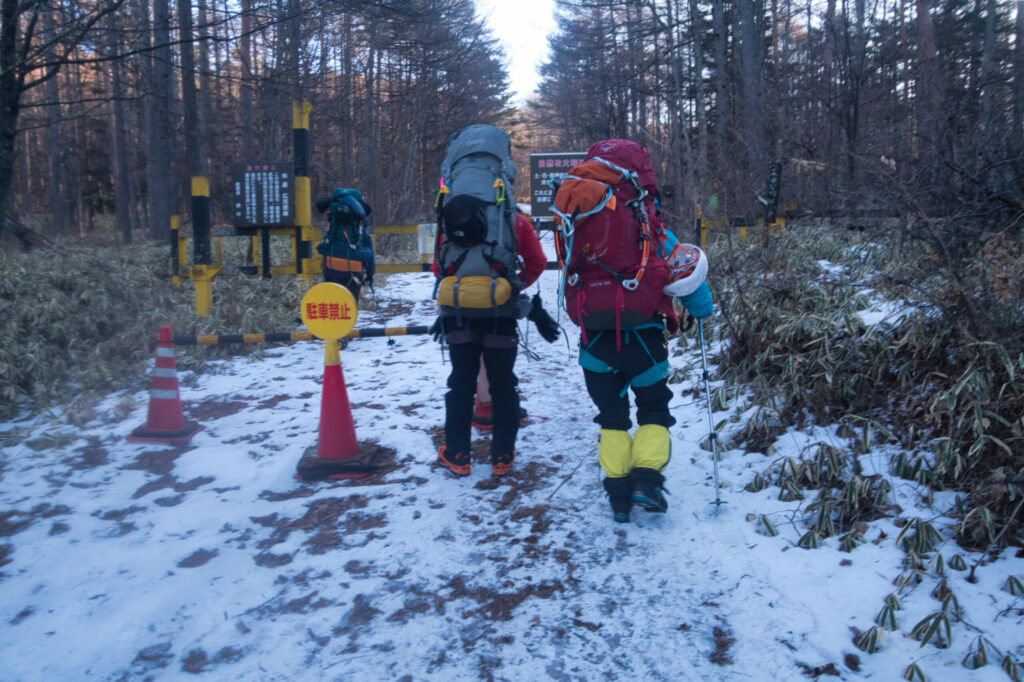
Passing through a larch forest, the trail conditions were gentle. Eventually the snow deepened, and the approach was longer than expected. Via the base of Nanryo Hirogawara, we made our way to today’s base camp location at the base of the Central Ridge. As we gained elevation, the valley gradually narrowed and deepened, and the presence of ice falls filled with cold air began to strike our cheeks.
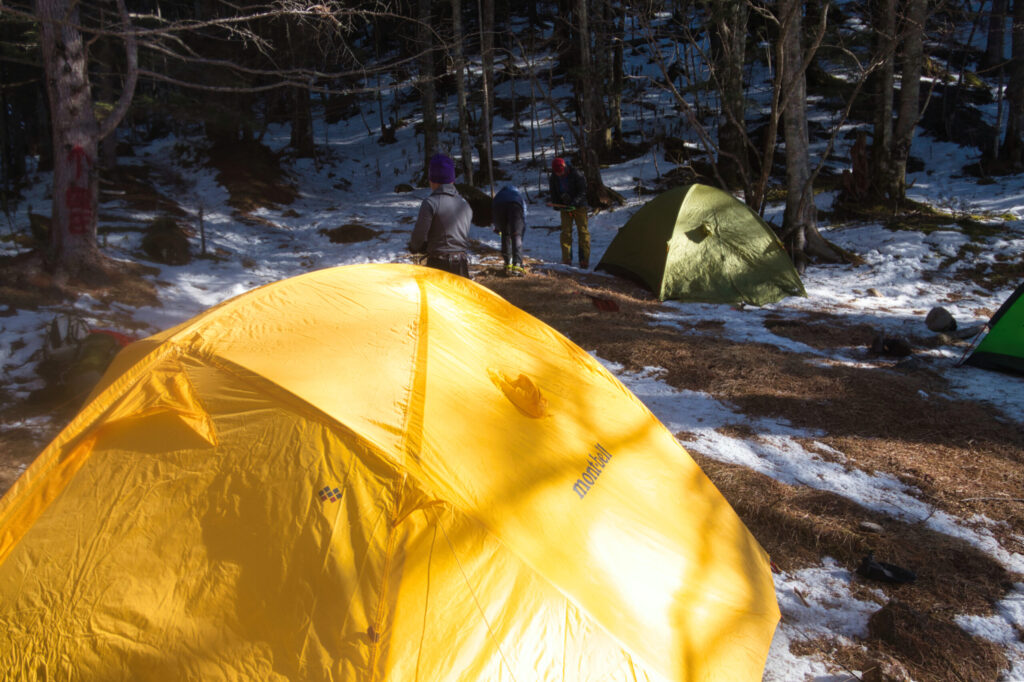
At 3:46 PM, we reached base camp. While setting up the tent, I wondered—what condition was the ice in? Though I harbored anxiety about falling, my heart was already gazing up at pale blue ice walls. Even after finishing pitching the tent, the sun retained a faint afterglow. Using that remaining time, we decided to head to Muto-gaeshi Falls.
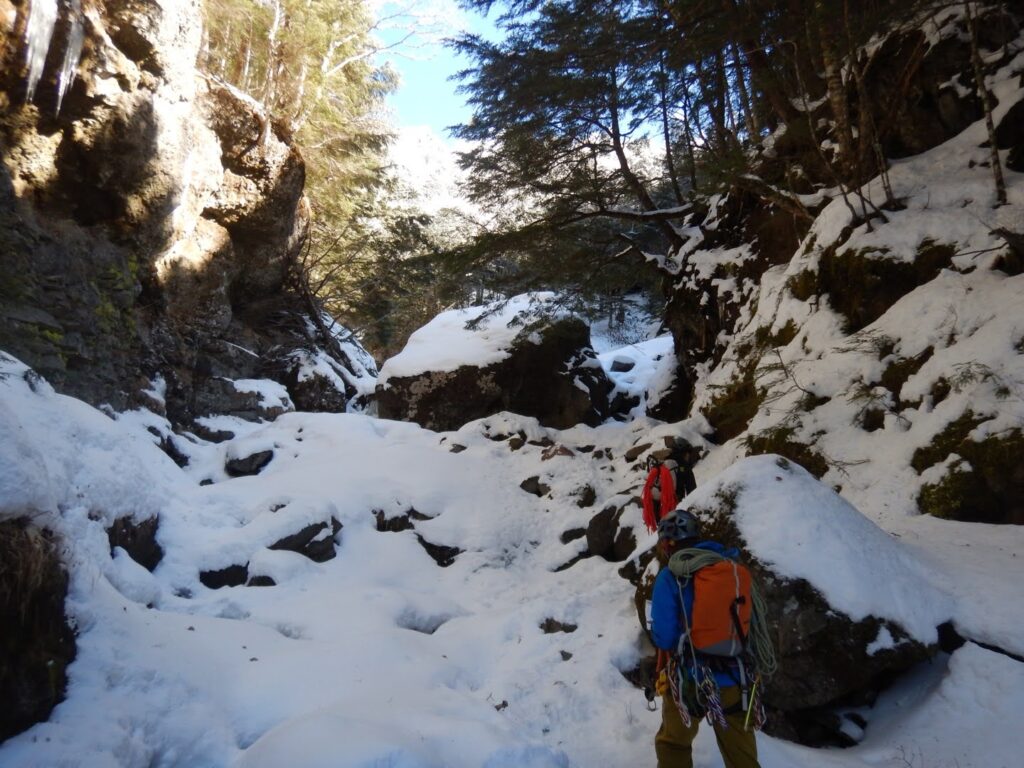
Part Two: Muto-gaeshi Falls and the Evening Gathering
Muto-gaeshi Falls is one face of Hirogawara-sawa Right Fork. Approximately eighteen meters high. Pale blue ice covered the rock wall, its imposing presence standing solemnly before us.
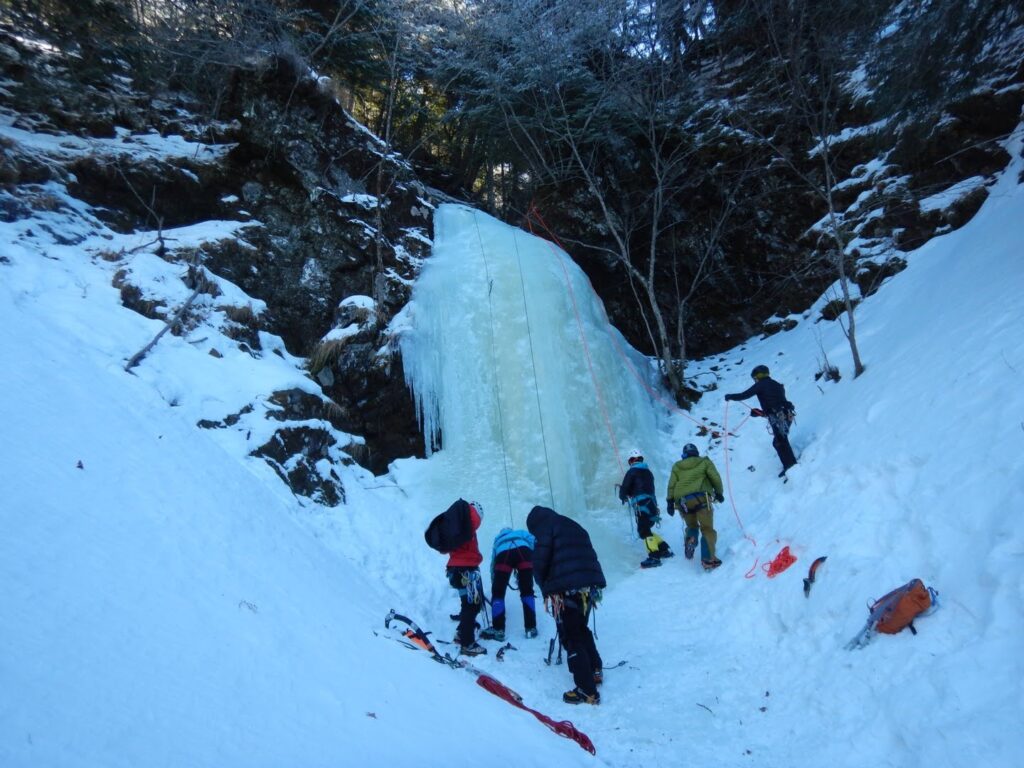
I started the lead. Kicking my crampon front-points into the ice, I swung two axes. A sharp thunk echoed through the valley bottom. The response was good. Carefully threading in ice screws, I steadily gained altitude. The angle wasn’t gentle, but holds were abundant. I regulated my breathing and climbed quietly, step by step. There was a silence obtained only by standing within an ice fall, a dialogue with nature.
After ten-some minutes, I reached the upper section of the falls and set up a top-rope. My companions climbed in turn, confirming the feel of the ice. After repeating the ascent twice, it passed 4:00 PM, and the sun began to tilt toward the western ridge.
I voiced the question of whether to execute the ascent of Christmas Runze, the day’s crux. The time was already well past 4:00 PM. I looked up at the sky. Though a faint brightness remained, considering the brevity of mountain days this season, there wasn’t time enough to begin a new climb. We judged that we should stake everything on tomorrow.
Returning to the tent site, the outside air plunged below zero. The valley bottom rapidly grew cold. However, inside the cramped tent where five of us huddled together, filled with steam from the stew K and O were making and animated conversation, it was warm. Though I felt physical fatigue, I did not neglect my focus on tomorrow.
Whether we could safely climb the crux section tomorrow or not—I answered firmly in my heart, as if to banish that anxiety, that climbing was the duty of this expedition. Unless we climbed the two-pitch ice wall of Christmas Runze, there would be no meaning in overcoming this warm winter. I looked up through a gap in the tent at the frozen night sky. Stars twinkled. Tomorrow’s weather would be on our side.
Part Three: Christmas Runze, and the Fall
The next morning, with renewed determination, we headed once more to Christmas Runze. It was not difficult to imagine that this had become a gathering place for us ice climbing refugees who had pursued this January ice. We quietly waited our turn, and threading through a gap left by earlier climbers, we started on the first pitch.
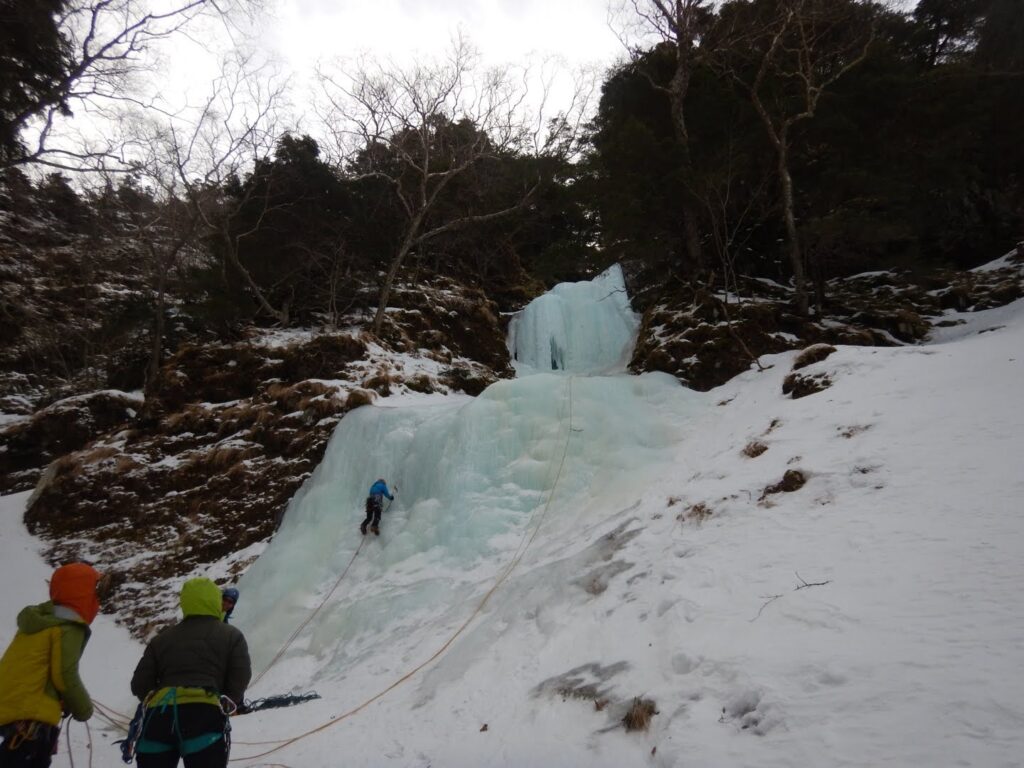
I climbed the first pitch as a follower. The ice was hard, and the response of the axes was as pleasant as yesterday’s falls. Twelve meters high, the angle approximately seventy degrees. I climbed it without difficulty.
The problem was the second pitch—the crux.
The center line was an unpleasant route clad in brittle ice with water constantly dripping down. I chose to lead this line with many thin ice sections. I swung the axes carefully and placed screws. As I gained altitude, tension throughout my body heightened to the extreme.
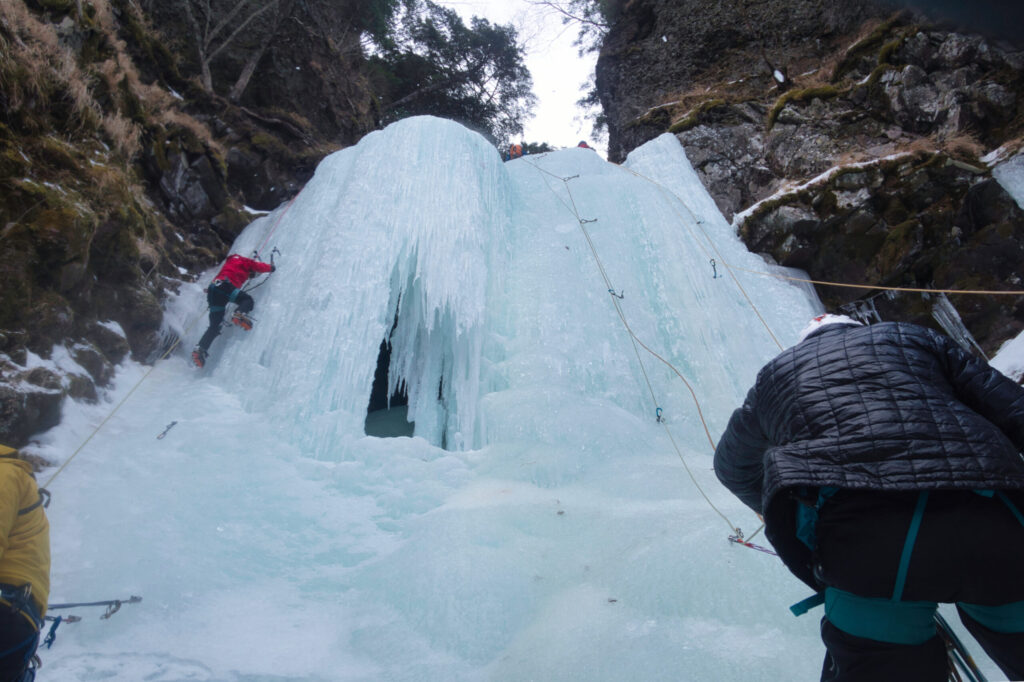
And then, it came suddenly.
The moment I swung an axe, the ice I’d aimed for peeled away completely. I’d misjudged the brittle ice saturated with water. My body floated in the air, pulled toward the valley bottom. A fall.
Cold sweat ran down my back. However, the other axe was just barely holding. I overcame this crisis without weighting the rope. It was not merely luck, but a momentary stroke of fortune the mountain had granted.
From below, a somewhat urgent voice rang out.
“I’m okay,” I answered, but my heartbeat was violent. I regained my posture and this time searched for a solid layer deep within the ice. Avoiding water droplets, carefully, slowly, certainly, I climbed to the top.
When I finally reached the upper section and breathed a sigh of relief, a new ordeal awaited.
The rope, equipment, and clothing had become completely frozen from the water droplets. During the rappel, the frozen rope flexed like steel wire, making operation extremely difficult. The sensation in my fingertips was stolen by the cold air, and I had to warm my hands repeatedly.
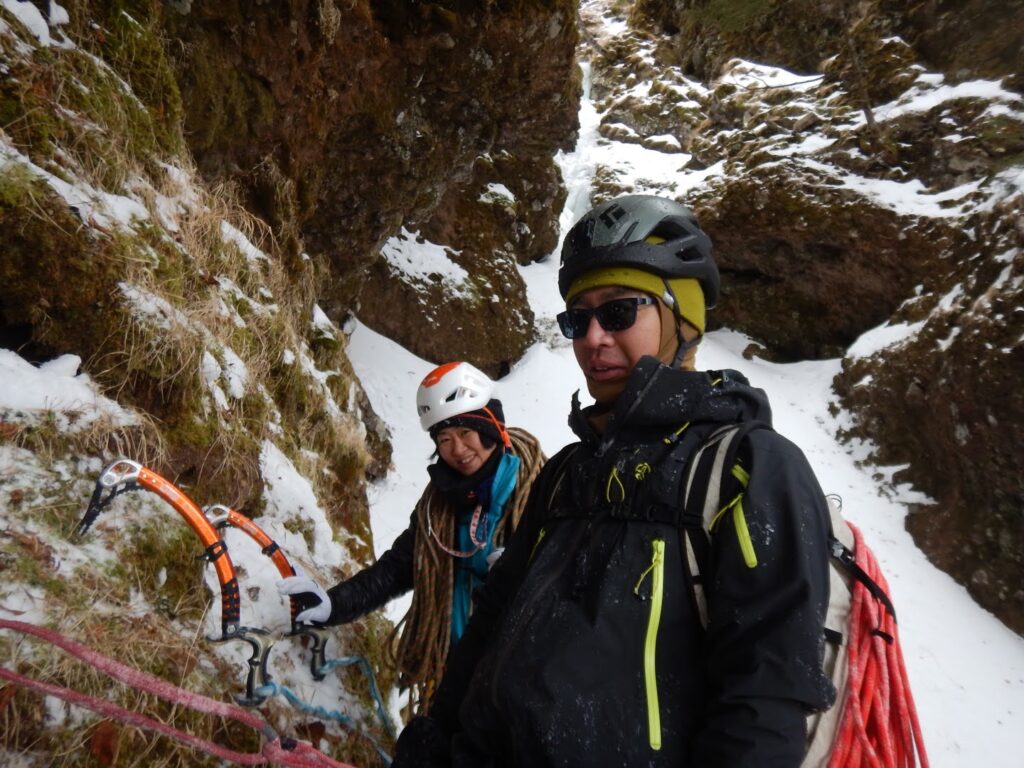
Nevertheless, we overcame all crux sections and descended safely. We broke camp and at 4:00 PM began the long descent. Fatigue had accumulated, and our steps were heavy. Though there was the single failure of a fall, we were filled with a sense of fulfillment at having broken through the crux we’d sought in this warm winter. That sense of achievement was everything about this journey.
At midnight, we returned to the clamor of the lowlands.
The ice falls we confronted at this Hirogawara-sawa Right Fork possessed both the harshness characteristic of the South Yatsugatake and sublime beauty.
At the moment of the fall, I felt regret and my own immaturity, thinking “Ah, I’ve done it.” But that too is part of climbing, part of the experience of living. While seeking perfect climbing, accepting its imperfection. Learning from failure, and quietly heading toward the next ice wall.
This winter’s journey, tormented continuously by warm weather, was carved deeply and vividly into my memory—along with the pale blue majesty of Muto-gaeshi Falls, the brittle water-laden ice of Christmas Runze, and the warm light we gathered around with companions on freezing nights. Mountains are constantly speaking much to us.
[LOG SUMMARY]
- Date: January 21-22, 2023 (Sat-Sun)
- Team: 5 Members (Myself, K, T, A, O)
- Mountain Area: South Yatsugatake Mountains (Minami Yatsugatake)
- Route: Funayama Crossroads → Nanryo Hirogawara Base → Churyo Ridge Base (tent site) → Muto-gaeshi Falls & Christmas Runze → Descent
- Activity Time: Day 1: 7 hours 44 minutes; Day 2: No record
- Activity Time: Day 1: 7 hours 44 minutes; Day 2: No record
- Accommodation: Tent camping
- Weather: Clear
- Grade: WI3-4 (Water Ice, based on international ice climbing standards)
